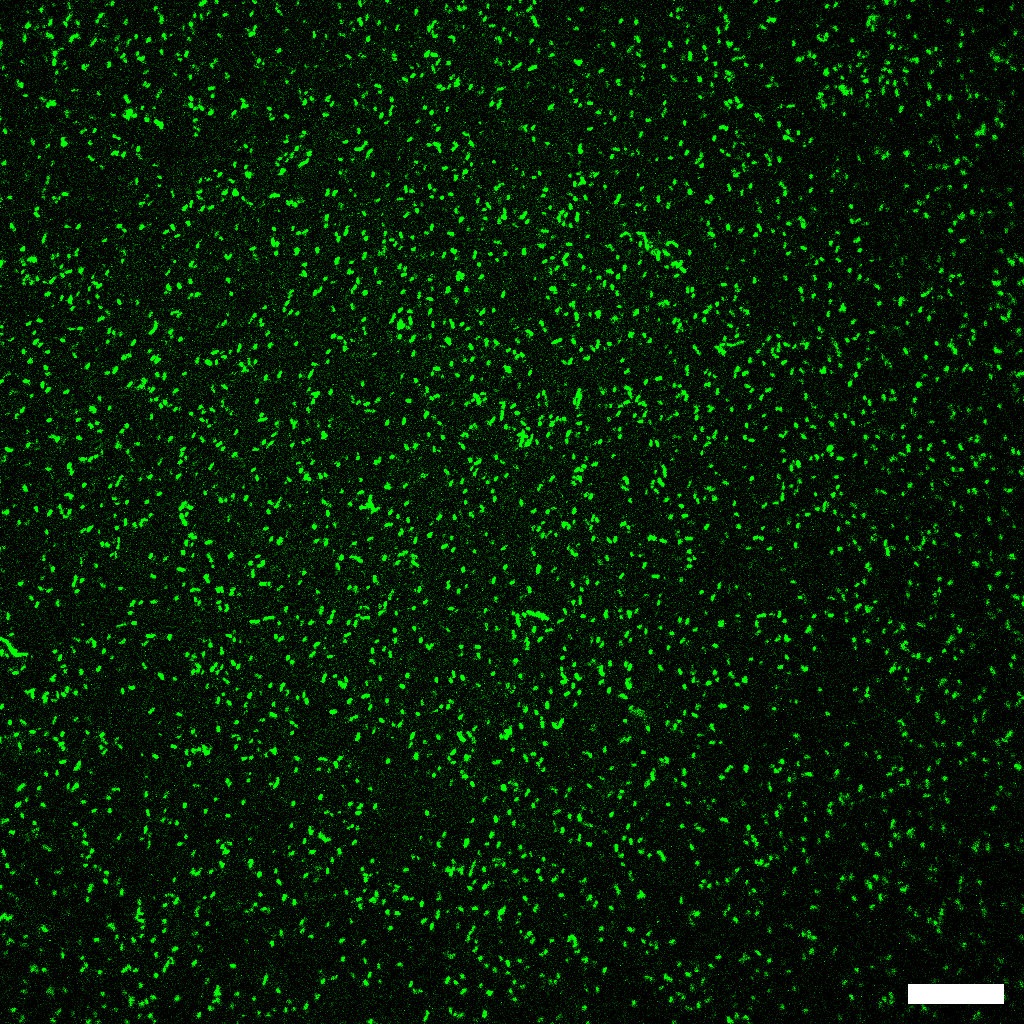Media release
From:
There is a common misconception that legionella is only found in air conditioners and water towers, however, Griffith University research has found people are likely exposed to the bacteria through other sources including through soil.
Associate Professor Lara Herrero from Griffith’s Institute for Biomedicine and Glycomics tested blood donor serum from Queensland donors to see if they were exposed to legionella bacteria which leads to Legionnaire’s disease, a serious form of pneumonia.
“We tested 1000 samples of blood, 500 from 2016 and 500 from 2023, to see if donors had antibodies against the bacteria,” Associate Professor Herrero said.
“These two windows of time were critical as Queensland observed an increase in Legionnaire’s disease cases in 2021-2022.
“The research assessed seroprevalence, or the level of pathogen in a population, as 2016 and 2023 represented before and after the higher incidence rate.”
The research found while Legionella prevalence remained stable, L.pneumophila, commonly found in air conditioning vents had decreased, while L. longbeachae (more commonly found in soil) had increased.
This is consistent with public health case numbers which show Legionellosis caused by L. longbeachae has dominated cases in the past five years.
“We know that L. longbeachae is prevalent in soil, so we should be aware of the possible exposure risk, especially when it comes to potting soils,” she said.
“We can all take measures to minimise our exposure when gardening or using potting soil such as wearing a mask.
“It is especially important for vulnerable individuals such as the elderly, immunosuppressed, or those with co-morbidities to take particular care.”
Legionnaire’s disease is an urgent notifiable condition which presents as a febrile illness or pneumonia, which may be severe.
Symptoms include fever, chills, cough, and shortness of breath.
Humans contract the infection via inhalation and is not spread from person to person.
Although relatively uncommon, Legionnaire’s disease may be life-threatening and is thought to be responsible for approximately five to 15 per cent of all community-acquired pneumonias.
The paper ‘Seroprevalence of antibodies against legionella species in North Eastern Australian blood donors, 2016 and 2023’ has been published in The Journal of Infectious Disease.



 Australia; QLD; WA
Australia; QLD; WA


